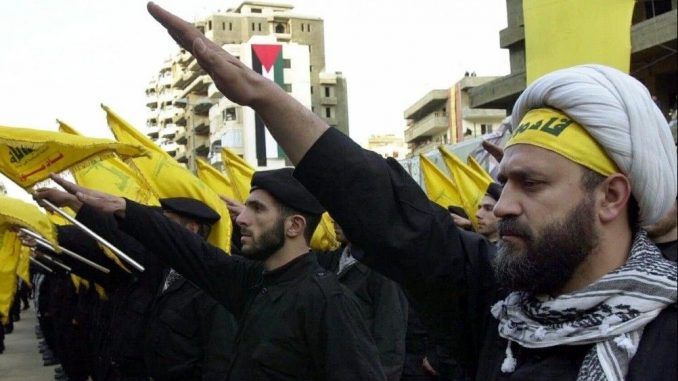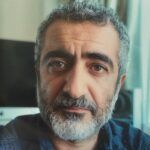
Iranian and Lebanese Hezbollah fighters in Syria fighting the civil war alongside government troops have improved their fighting capabilities and learnt modern military tactics from their Russian allies.
Hezbollah has suffered 1,300 casualties in Syria , with thousands more of its fighters injured and had to resort to recruiting teenagers recently. But the tide of war has turned since the involvement of the Russians and the organisations increased strength now has significant political and security implications for the Middle-East.
Carnegie Endowment reports:

BYPASS THE CENSORS
Sign up to get unfiltered news delivered straight to your inbox.
You can unsubscribe any time. By subscribing you agree to our Terms of Use
Hezbollah has proven to be a forward-thinking and malleable fighting force. In 2012, when the group began to engage more robustly in Syria, it quickly learned that its defensive tactics were not applicable to the fight. Instead of a modern Israeli army, Hezbollah faced an insurgency. These rebel groups applied similar tactics to Hezbollah’s against regime soldiers and further benefited from local knowledge of the terrain in areas crucial to Bashar al-Assad’s survival. For instance, during the capture of Qusayr in 2013 Hezbollah reportedly lost around one-tenth of its fighters, with estimates ranging from 70 to 120 dead and 200 wounded, up to two dozen of whom were killed in a rebel ambush on the first day of that offensive; what Hezbollah leaders thought would be a quick victory instead turned into a drawn-out fight. Fast-forwarding to 2016, Hezbollah has refined its offensive capabilities and—under the cover of a new powerful ally, Russia—continued to help the Syrian regime take back crucial territory with lower casualty rates.
In September 2015, the Russian military entered the conflict in support of Assad, reversing the course of the war. Having suffered heavy losses, including in the city of Idlib, it seemed it was but a matter of time before the regime collapsed. But beginning in January 2016, the Syrian regime, Hezbollah, other Iranian proxy groups, and the Russian military have dealt a series of crushing blows to the country’s myriad of rebel groups. On January 12, Hezbollah and regime forces, backed by the Russian air force and artillery, captured the town of Salma, the last rebel bastion in Latakia governorate and which had threatened the regime’s coastal enclave. This was followed by the capture of the town of Sheikh Miskeen in Daraa on January 26, reportedly by regime fighters, Hezbollah, and Russian special forces. This split rebel holdings in Daraa into eastern and western pockets and cut them off from rebel-held areas in Damascus. The biggest coup by this combined force came on February 4, when Hezbollah and Iranian-backed militias under the cover of Russian airstrikes broke the siege of Nubl and Zahraa. The predominantly Shia towns had been surrounded by rebel forces for three years, and in the process pro-regime forces cut their primary supply route linking Aleppo and the Turkish border. It is now likely that these forces will surround and attempt to starve out rebels in Aleppo, Syria’s largest city.
These victories make it apparent that the combination of regime irregulars, foreign militias, Hezbollah fighters, and crushing Russian bombardment has been a winning one in Syria. They have also had significant impact on Hezbollah’s fighting capabilities. While Hezbollah commanders have claimed to have received advanced weaponry from Russia, such assertions are hard to verify and have been disputed by Western officials and analysts, who believe that Moscow would not want to threaten its relationship with Hezbollah’s main enemy, Israel. It is more likely that the group is learning how a world-class army gathers intelligence, makes plans, and executes operations. Working side-by-side with Russian officers is sure to refine Hezbollah’s modern military strategy, and reports indicate that there are at least two joint Russia–Hezbollah operation rooms in Latakia and Damascus. With an estimated 6,000 to 8,000 Hezbollah fighters in Syria and Iraq, the exposure and experience is likely to trickle down to individual fighters.
Other experts have pointed out that Hezbollah will likely learn better surveillance and reconnaissance skills, employ special operations tactics, and learn more about upgraded equipment they will want to use in the future. This would better enable them to detect enemy forces, execute misinformation campaigns, analyze imagery intelligence, and make appropriate use of drones in the lead up to and execution of military operations.
Read more: carnegieendowment.org

